Off-roading has always been about pushing boundaries — the boundary of the trail, of the machine, and often of the driver. For decades, the world of four-wheel drive has been dominated by roaring gas and diesel engines, the smell of exhaust hanging in the woods, and the sound of gears clunking into low range before a steep climb. But change is here. Electric and hybrid rigs are beginning to carve their own tire tracks into off-road culture.
Some off-roaders welcome this evolution, others remain skeptical. Can an electric truck or SUV really handle the mud, rocks, and remote terrain? Will hybrid systems truly offer the best of both worlds? And what does this shift mean for the future of Virginia’s trails and the broader off-road community?
In this article, we’ll explore where electric and hybrid off-roading stands today, where it’s heading, and how it may reshape the way we all experience the outdoors.
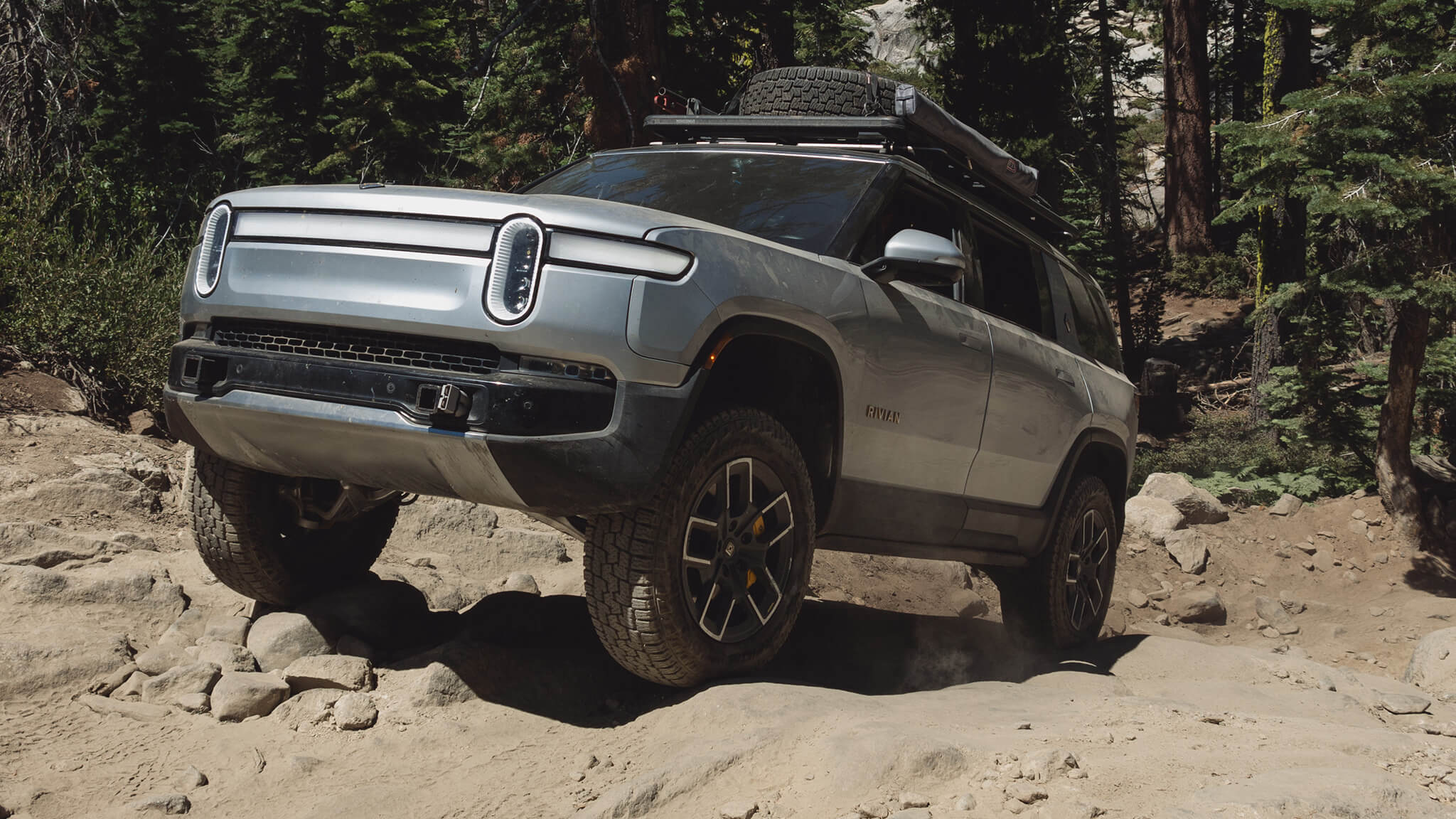
Why the Off-Road World Can’t Ignore Electric Power
The move toward electrification in the auto industry isn’t slowing down. Automakers are investing billions into electric vehicles (EVs), with mandates from governments around the world speeding up the transition. By 2035, many states — including Virginia, which follows California’s zero-emission vehicle rules — aim to phase out new gas-only car sales.
That shift directly impacts off-roaders. Even if you love your Jeep Wrangler TJ or Toyota 4Runner, the rigs of the future are increasingly going to have electric or hybrid powertrains. The question is no longer if EVs will become part of off-roading — it’s how.
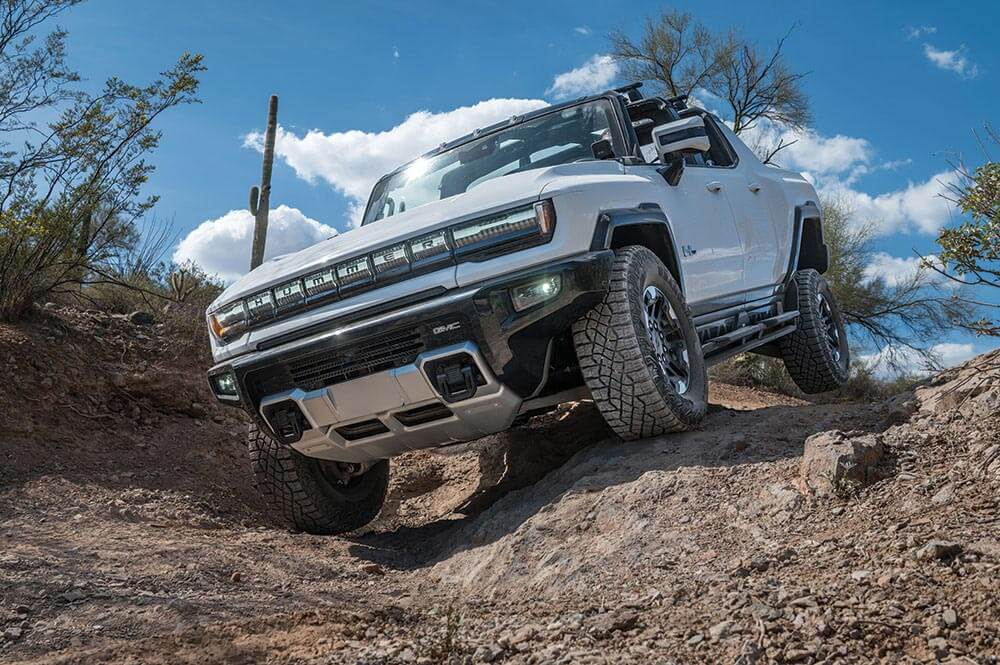
The Advantages of Electric Rigs on the Trail
Many traditionalists picture electric off-roaders as fragile machines that will break down far from civilization. But the truth is, electric drivetrains actually offer several unique advantages in tough terrain.
1. Instant Torque
Ask any rock crawler what matters most, and they’ll tell you torque is king. Electric motors deliver maximum torque instantly. That means no waiting for RPMs to climb — just smooth, consistent power right when you need it.
For example, the GMC Hummer EV, despite its massive weight, has shown remarkable rock-crawling ability thanks to its 11,500 lb-ft of torque (measured at the wheels). In Moab, drivers have been impressed by how easily it climbs obstacles that challenge even heavily modified Jeeps.
2. Precision Control
In gas vehicles, feathering the throttle at low speed can be tricky, especially on slick rocks or muddy climbs. EVs provide smooth, linear throttle response, allowing drivers to inch forward with surgical precision. This is particularly useful on Virginia trails where wet roots and red clay often make traction unpredictable.
3. Silent Operation
The quiet hum of an EV isn’t just about comfort — it changes the whole off-road experience. Wildlife is less disturbed, and groups can actually converse outside the rigs without shouting over engine noise. Imagine camping along Potts Mountain Jeep Trail and hearing the wind in the trees instead of exhaust echoing off the ridgeline.
4. Lower Center of Gravity
Because batteries are typically mounted under the vehicle floor, EVs often have a lower center of gravity than comparable gas rigs. This helps with stability on side slopes or when climbing uneven terrain.
The Challenges: Where EVs Struggle Off-Road
Of course, it’s not all good news. Electric off-roading faces some major challenges that can’t be ignored.
1. Range Anxiety in the Backcountry
The biggest concern is obvious: running out of charge in the middle of nowhere. Unlike highways, there are no charging stations deep in the George Washington National Forest. While most modern EV trucks boast ranges of 250–350 miles, that number drops significantly off-road where low speeds, mud, and steep climbs drain batteries fast.
Real-world testing of the Rivian R1T on trails has shown range reductions of 30–40%. For Virginia wheelers who like multi-day trips in the mountains, this presents a major barrier.
2. Charging Infrastructure
Even if you don’t run out of battery mid-trail, finding a charge before heading home can be tough. Rural Virginia simply doesn’t have the same density of charging stations as major cities. For now, EV owners need to plan their adventures carefully around charging stops.
3. Weight
Batteries are heavy. The Hummer EV tips the scales at over 9,000 pounds — nearly double a Toyota Tacoma. That much weight stresses trails, makes mud holes harder to cross, and increases braking distance. On soft Virginia soil, such weight can create ruts that damage trails faster.
4. Water Crossings
While EV drivetrains are sealed and technically safe in water, drivers remain cautious about deep crossings. The idea of submerging thousands of dollars in battery packs in a rushing stream still makes many hesitant.
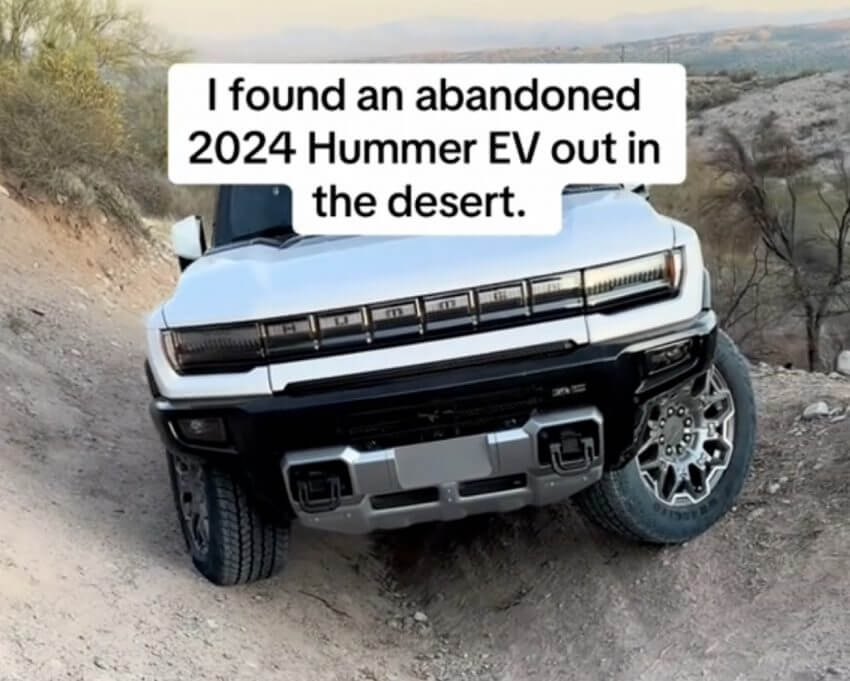
Hybrids: The Bridge Between Gas and Electric
While fully electric rigs dominate the headlines, hybrids may actually be the more practical solution for off-roaders in the near future. Hybrids combine traditional engines with electric motors, offering benefits without the same level of range anxiety.
Take the Jeep Wrangler 4xe, currently the best-selling plug-in hybrid in America. It offers 21 miles of all-electric range — enough for a quiet day on the trails — and then switches seamlessly to gas power for longer trips. Drivers can enjoy silent crawling through the woods and then refuel anywhere when the gas tank runs low.
Another example is the Toyota Tundra i-FORCE MAX, which uses a hybrid system to boost torque for towing and off-roading. Toyota’s upcoming Land Cruiser 250 will also feature hybrid power, showing how the brand sees electrification as essential to the future of rugged vehicles.
Hybrids provide a critical transition period for off-road culture: offering electric benefits while still fitting into today’s refueling infrastructure.
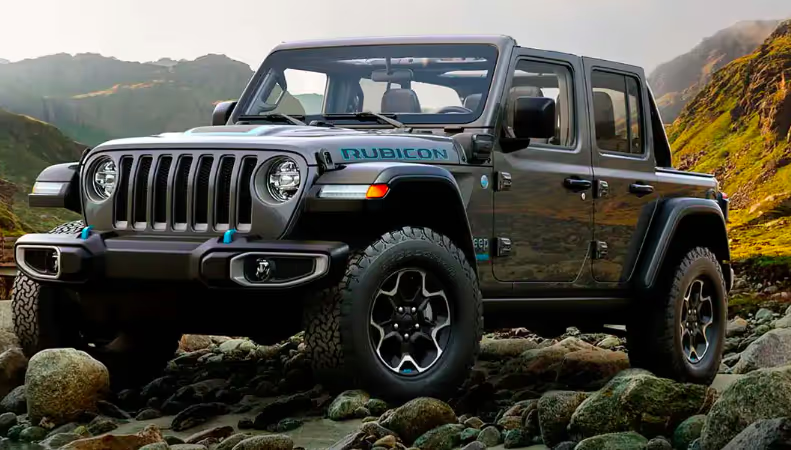
Real-World Examples: How EVs Perform Off the Pavement
We don’t have to rely on speculation — electric rigs are already proving themselves on trails.
- Rivian R1T in Colorado: Early adopters have taken Rivians through the Rocky Mountains on iconic passes like Engineer and Cinnamon. Videos show them climbing with ease thanks to torque vectoring, though range does drop faster than expected.
- Ford F-150 Lightning in Michigan: Testers have pulled trailers and slogged through mud, noting the truck’s impressive pulling power but also the challenge of range when towing.
- GMC Hummer EV in Moab: Despite its bulk, the Hummer’s “Crab Walk” mode has impressed off-roaders by allowing diagonal movement to avoid obstacles — a feature gas rigs simply can’t match.
Here in Virginia, while EV adoption is slower, hybrid Wranglers are already showing up on trails. Drivers enjoy using the “Electric Mode” to quietly explore sections of Shoe Creek or Peters Mill Run before switching back to gas for the drive home.
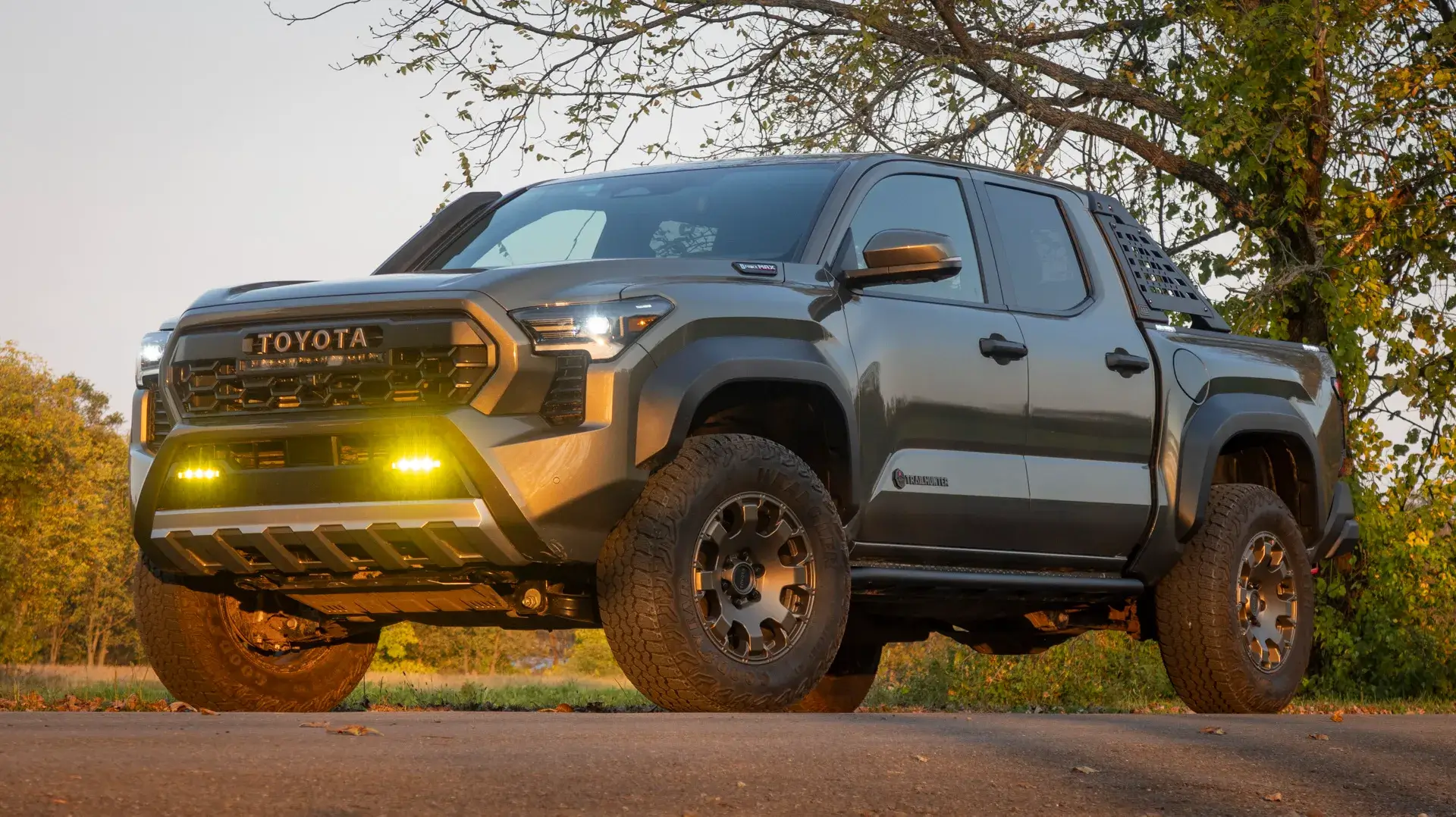
The Cultural Shift: Will Off-Roaders Accept Electric?
One of the biggest obstacles isn’t technological — it’s cultural. Off-roading has long been tied to the rumble of V8s, the growl of diesels, and the mechanical feel of old-school rigs. For many, that’s part of the magic.
But off-roading is also about innovation. The first Jeeps in WWII looked nothing like today’s rigs. Suspension, lockers, and tire technology have all evolved. Electric power is simply the next step in that progression.
Some enthusiasts argue that EVs may even help protect trail access. Quieter, cleaner rigs reduce environmental impact — a major argument against off-roading. If electric rigs can prove they’re easier on the land, they may help preserve trail access in places like Virginia’s national forests.

Preparing Virginia’s Trails for the Future
So what does all this mean for Virginia Off-Road and the trails we love?
- Infrastructure Planning: While it’s unlikely we’ll see charging stations deep in the woods soon, nearby towns and trailheads may begin to offer charging options. Partnerships with utilities or private companies could help.
- Education: Off-road clubs can play a role in teaching EV and hybrid owners how to safely wheel, plan routes, and manage range anxiety.
- Trail Stewardship: Heavy EVs may pose new challenges for trail maintenance. Nonprofits like Virginia Off-Road may need to work with land managers to address the impact of larger, heavier vehicles.
- Inclusivity: Embracing EVs and hybrids ensures that new generations of off-roaders — many of whom will only know electrified vehicles — feel welcome in the community.
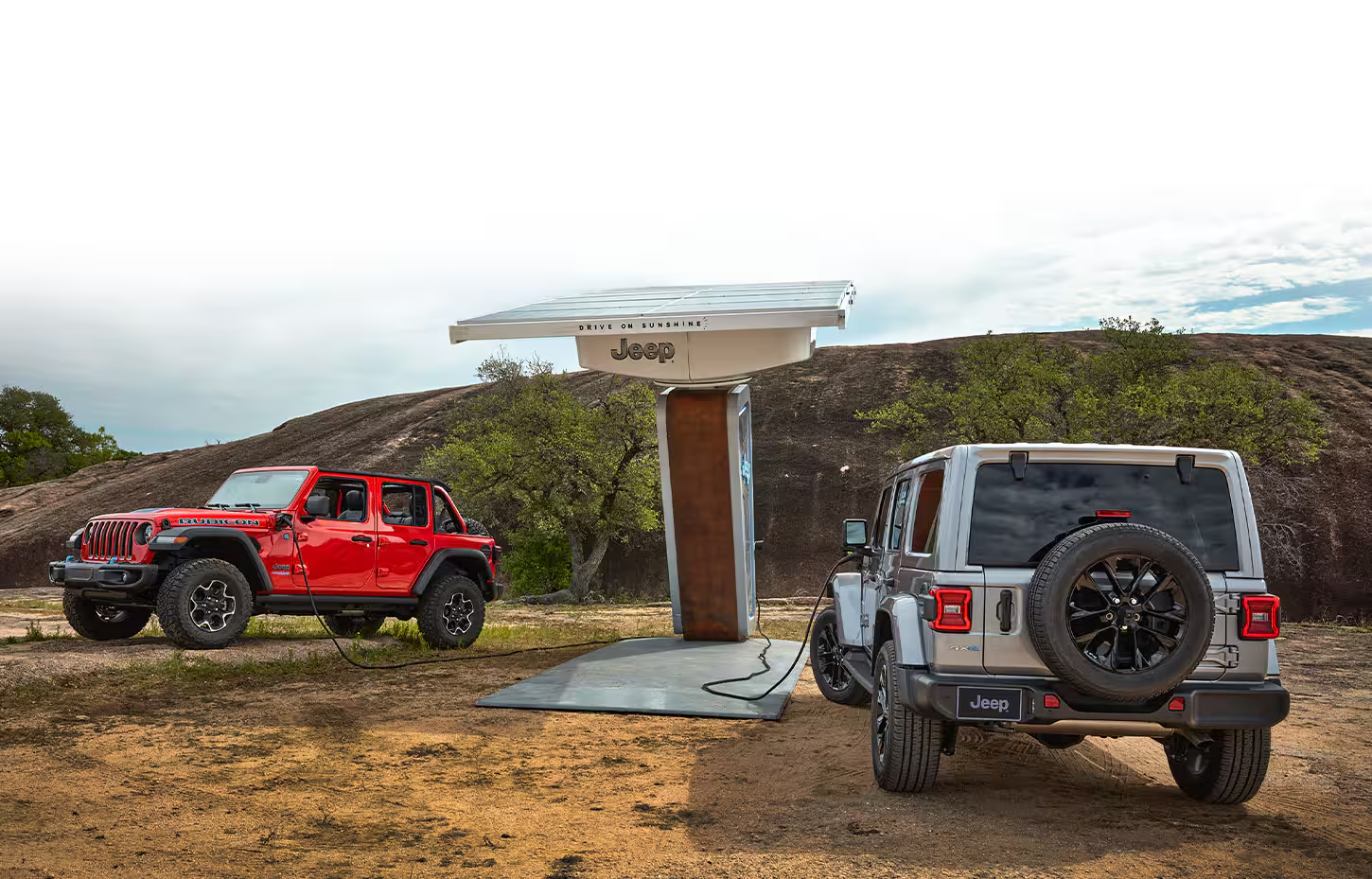
Looking Ahead: What’s Next for Off-Road EVs?
The pace of innovation is fast. Automakers are already working on solutions to today’s biggest problems:
- Portable Solar Charging: Some overlanders are experimenting with solar setups that can recharge EVs slowly over multi-day trips.
- Swappable Batteries: Companies in Asia are testing battery-swap stations that could someday reach rural areas.
- Lighter Batteries: Advances in solid-state batteries promise more range with less weight.
- Purpose-Built EV Off-Roaders: Expect to see more specialized rigs — smaller, lighter, trail-ready EVs rather than massive trucks.
It’s not hard to imagine a day when a fully electric Toyota Land Cruiser or Jeep Wrangler becomes the standard, not the exception.
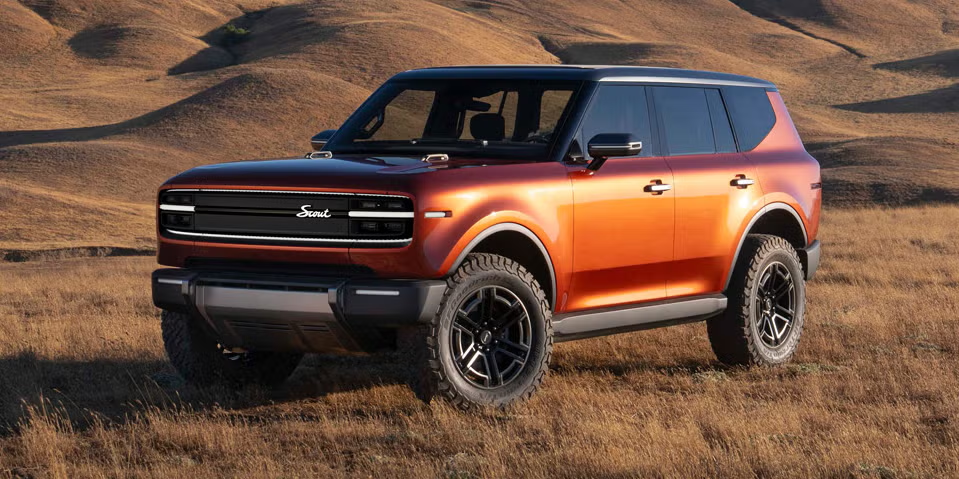
Conclusion: Embracing the Next Chapter
Off-roading has never been static. From flatfender Jeeps to coil-sprung SUVs, from carburetors to fuel injection, the vehicles we drive keep changing. Electric and hybrid rigs are simply the latest chapter in that story.
For Virginia off-roaders, this shift will bring both opportunities and challenges. EVs promise incredible torque, quiet trails, and new technology, while hybrids bridge the gap between tradition and future. At the same time, range, weight, and infrastructure will require creative solutions and cooperation within the community.
The future of off-roading won’t sound like the past — but it may open new possibilities we can’t yet imagine. Whether you’re a diehard gearhead or a curious newcomer, one thing is certain: the trails of tomorrow will look familiar, but the rigs exploring them may hum instead of roar.
And in the end, that’s what matters most — not what powers the rig, but the adventure it takes us on.


One response
This covers the topic well-pros,cons, constraints and even the cultural aspect from decades of patterned expectations. Electrical drive systems are great when it comes to wuality of poeer, and for offroading and towing ,we are always asking for more torque-problem solved-almost. The current problem is everything about the energey source and storage-current battery technology just does not match the convenience and capabilities of liquid fuel. The big two items:range and charge times. The lack of sufficient charging infrastructure compounds the issue and this does not even begin to address the safety hazards and environmental considerations for collecting the raw materials, manufacture, volatility and disposal of battary cell components.